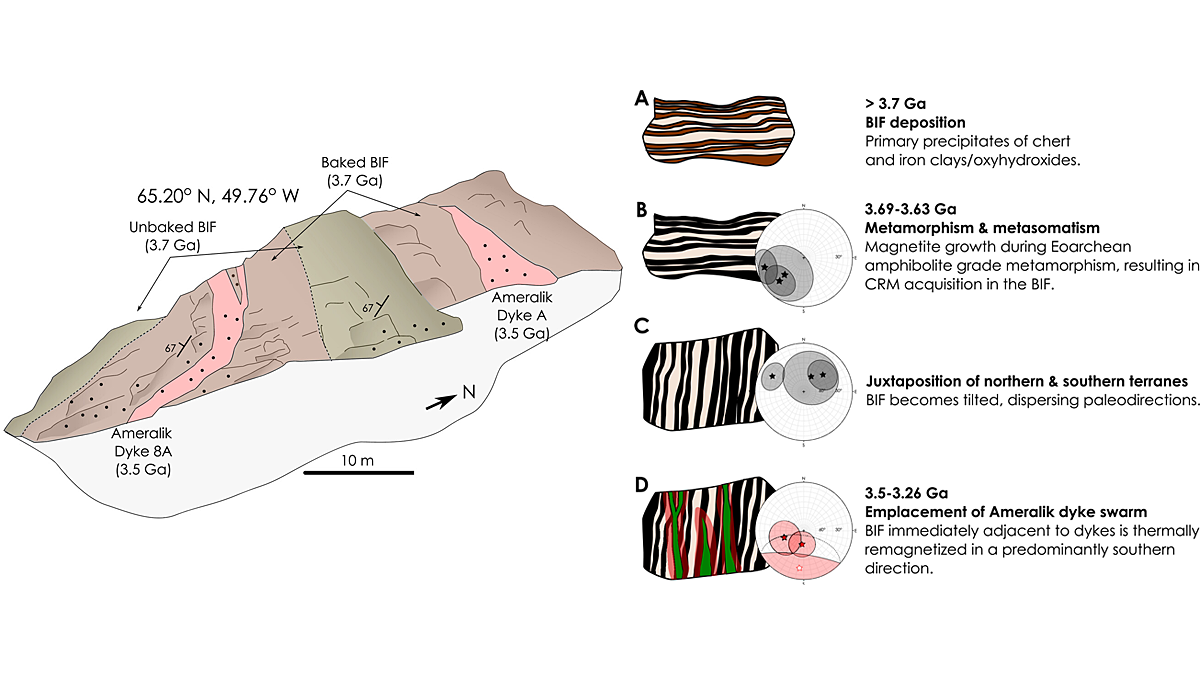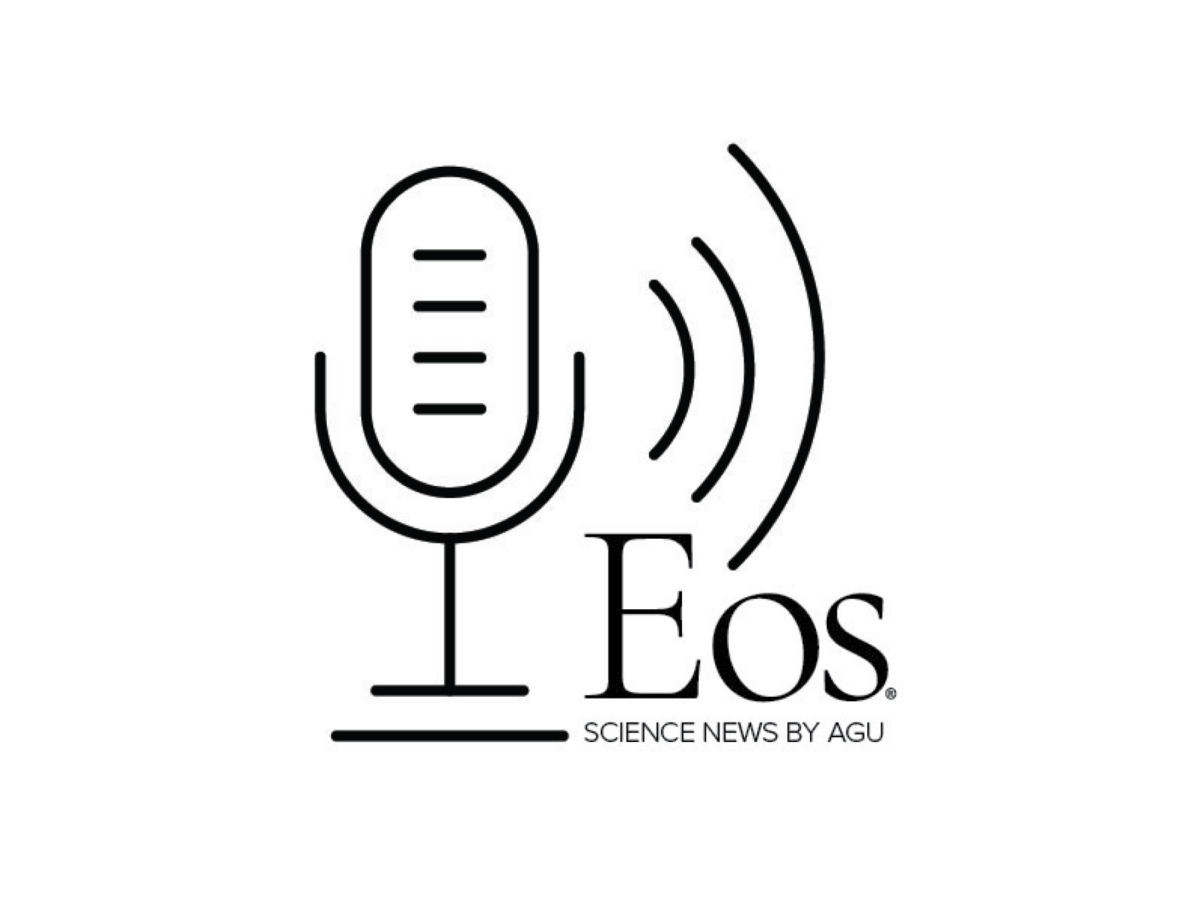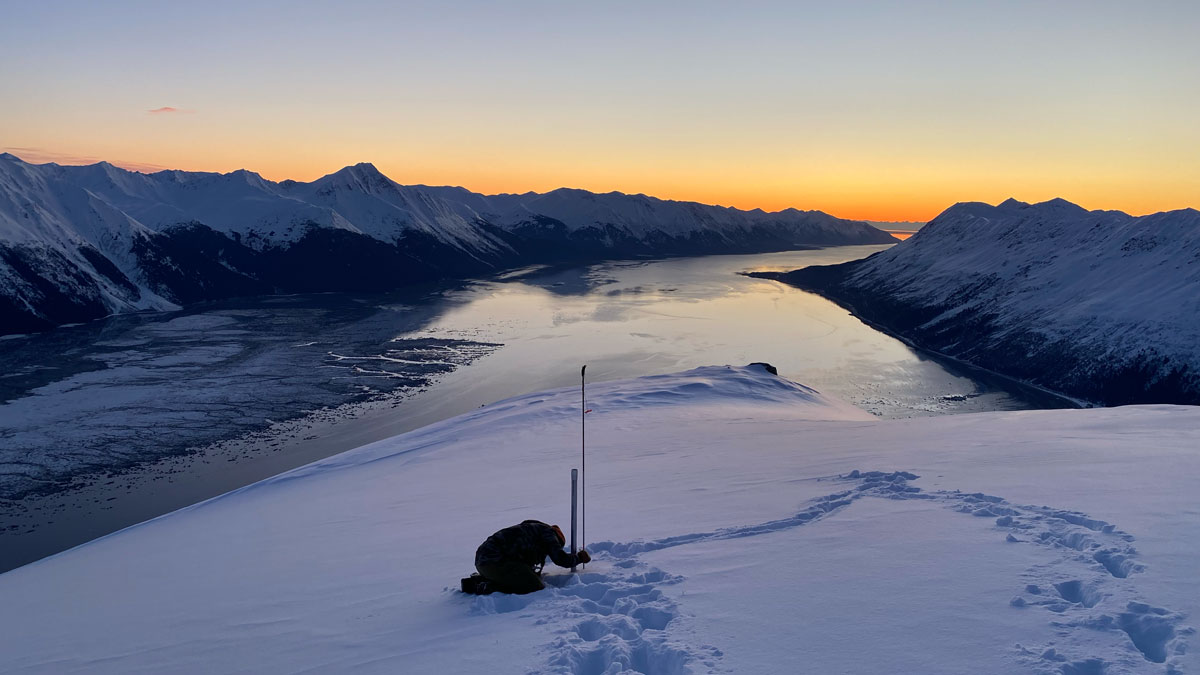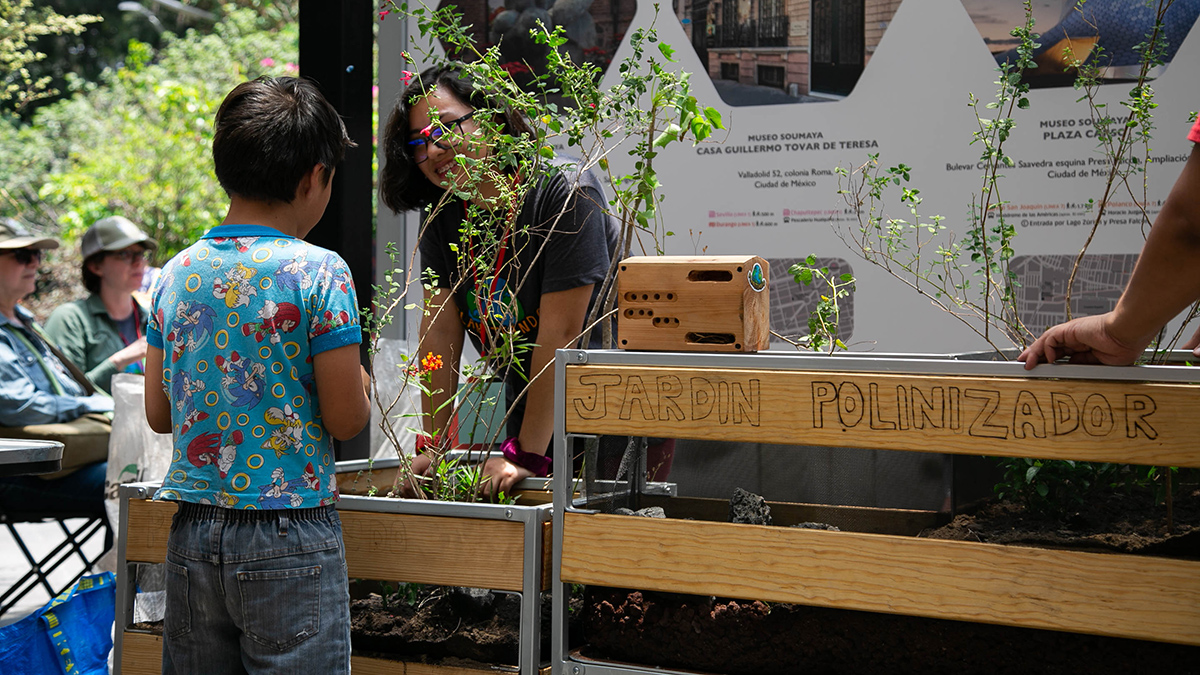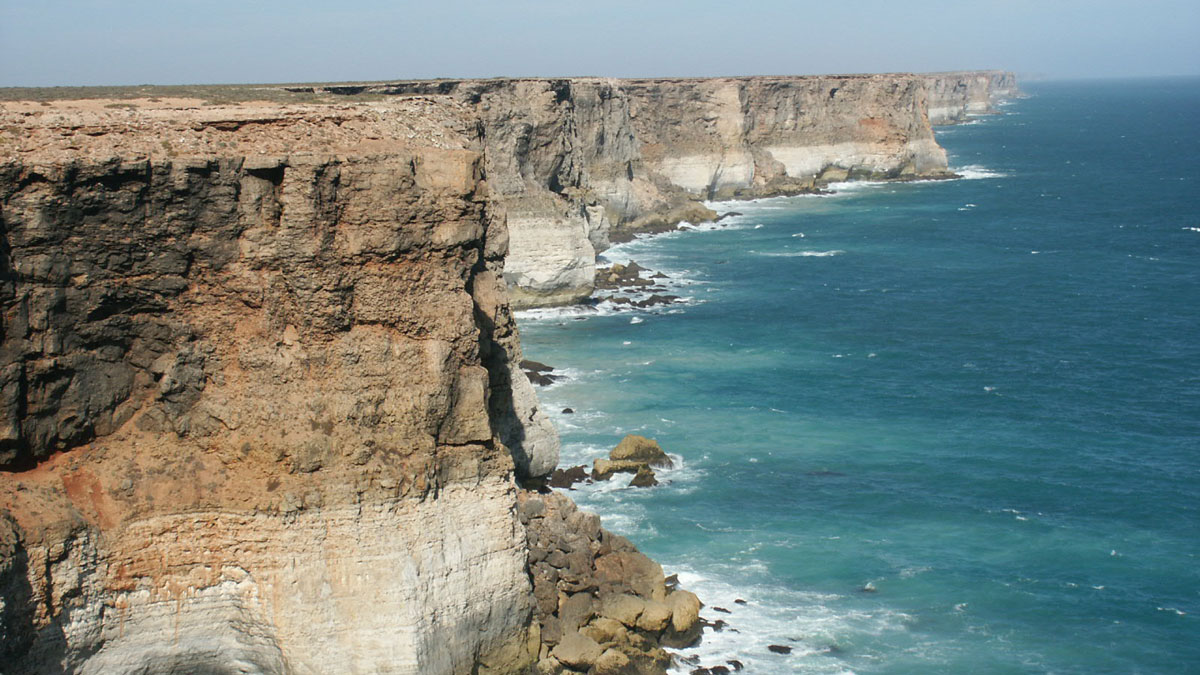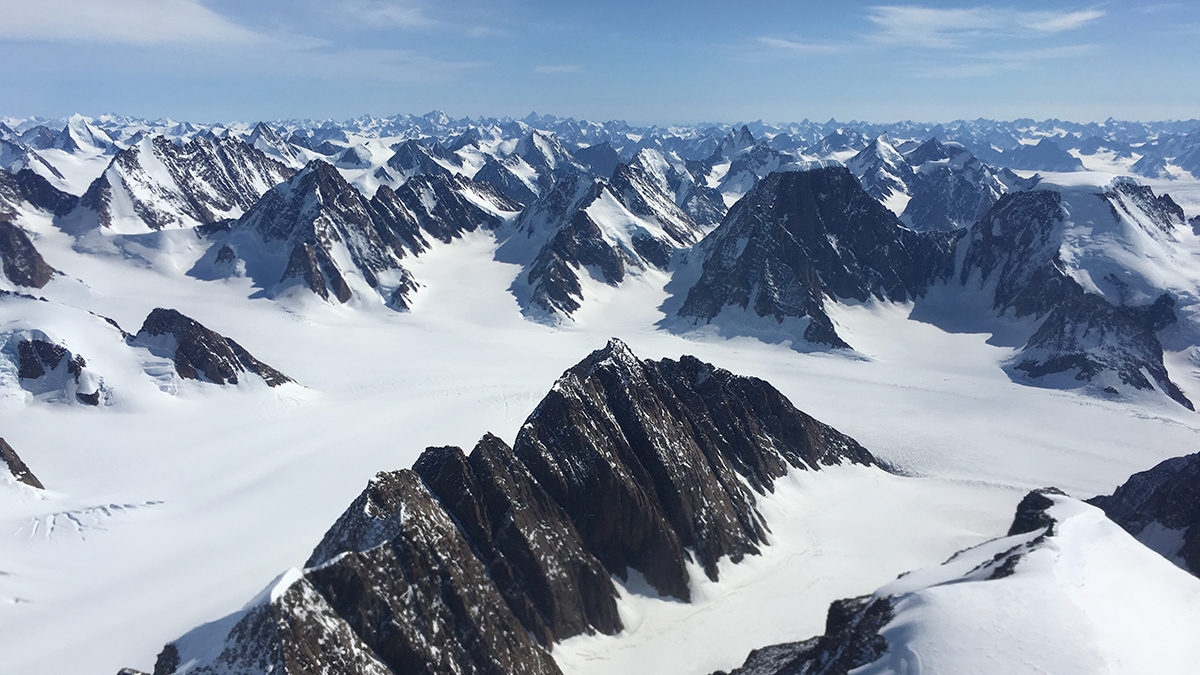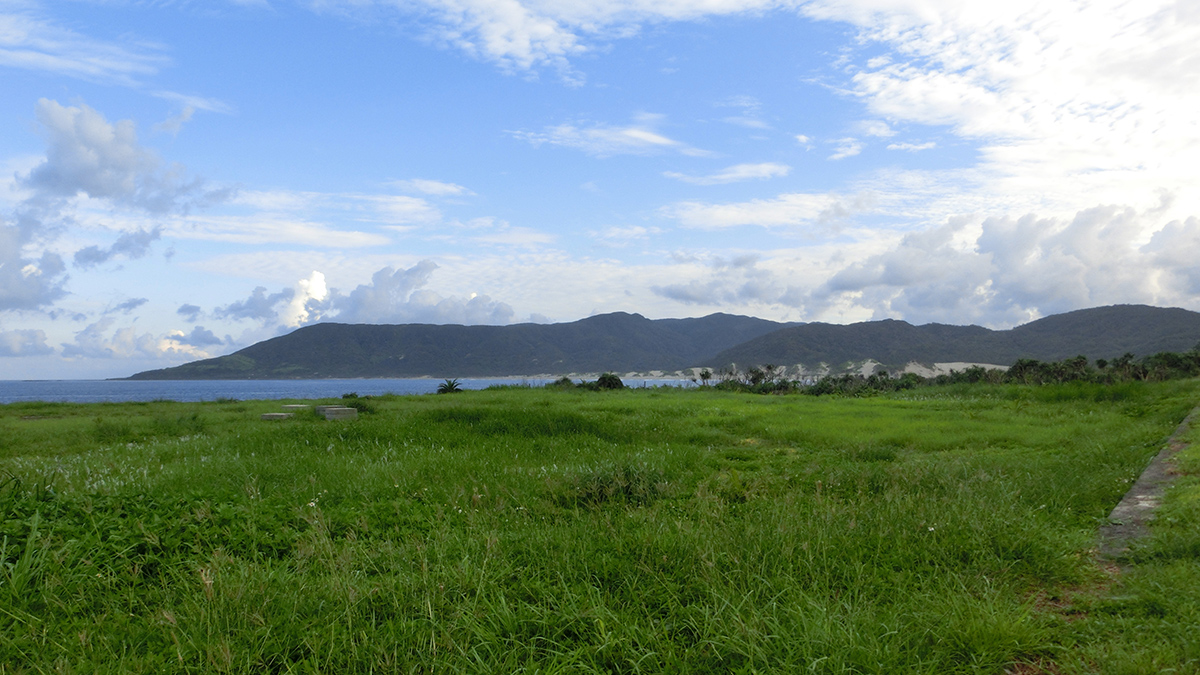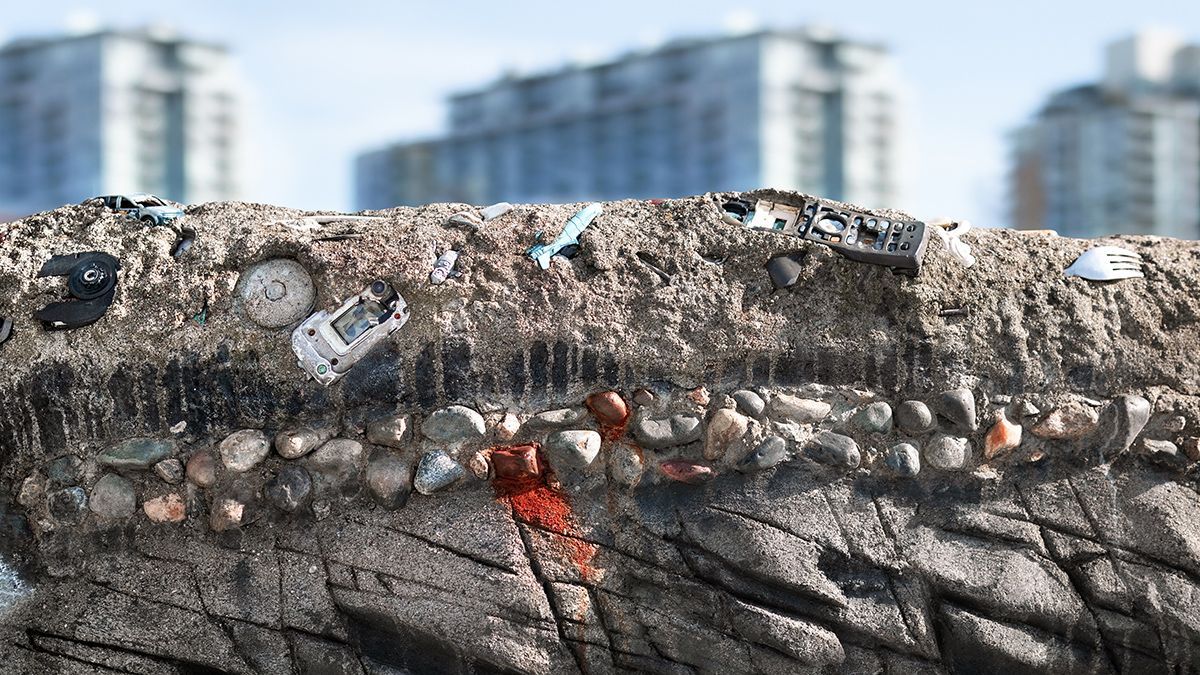Scientists argue that paleomagnetic field tests preserve a geomagnetic field record acquired as chemical remnant magnetization in banded iron formations in southwest Greenland.
Earth science
Does Soil Sound Different After It’s Burned?
Yes, but not quite the way researchers expected it to.
Changing Snowpack Inspires New Measurement
Climate change is bringing increased variability to annual snowfall, which affects how much water is stored for ecosystem and human use.
Geociencias para los jóvenes (y los de corazón joven) en el TierraFest
El festival de ciencias de la Tierra más grande de México tendrá nuevas actividades para acercar a las infancias a la ciencia, pero personas de cualquier edad también están invitadas a disfrutarlas.
How Mantle Movements Shape Earth’s Surface
Two new data sets help researchers tease apart the influences of plate tectonics and mantle movement on surface topography.
Geoscience for the Young (and Young at Heart) at TierraFest
Mexico’s largest Earth science festival will debut special activities to engage children in science—although audiences of all ages are welcome to enjoy them.
Beneath the Ice: Greenland’s Geology Revealed in New Map
Advances in remote sensing offered an opportunity to redraw Greenland’s geologic map for the first time in 15 years.
Middle-of-the-Road Mountains Form the Best Carbon Sinks
Silicate rock weathering has a sweet spot: erosion that isn’t too fast or too slow.
A Better Way to Predict Arctic Riverbank Erosion
Permafrost thaw might cause Arctic riverbanks to erode more quickly. But a new study shows why these erosion rates aren’t as dramatic as some scientists feared.
What’s Next for the Anthropocene?
Researchers weigh in on the meaning and aftermath of the decision to reject designating “Anthropocene” as an official geological epoch.

